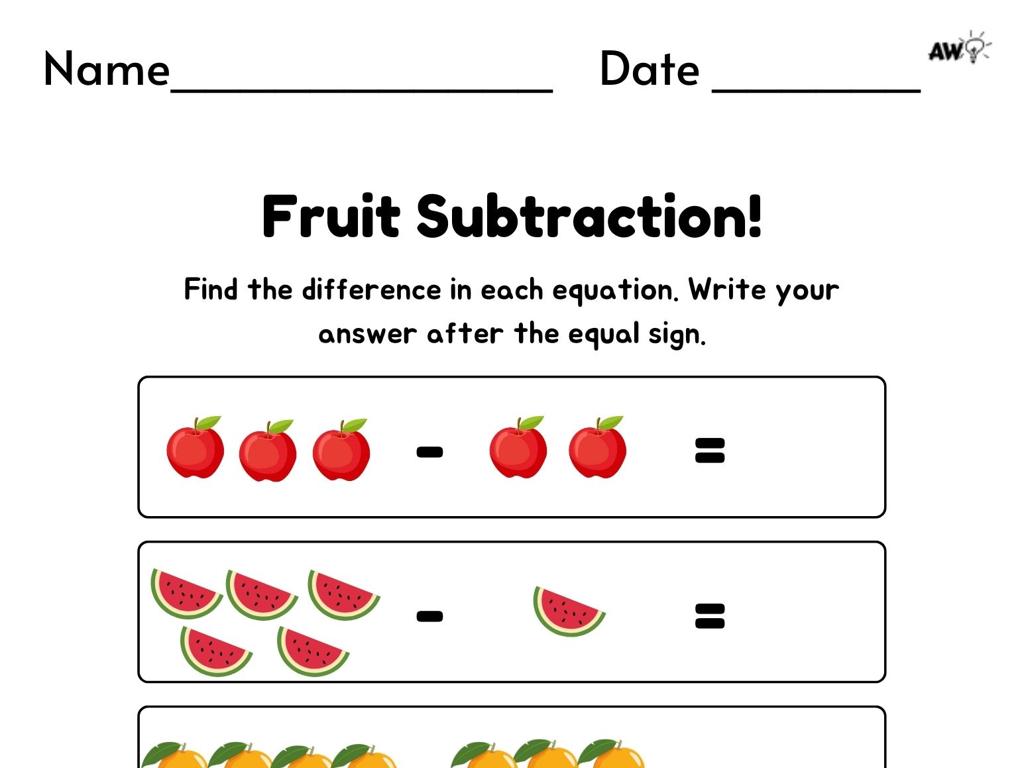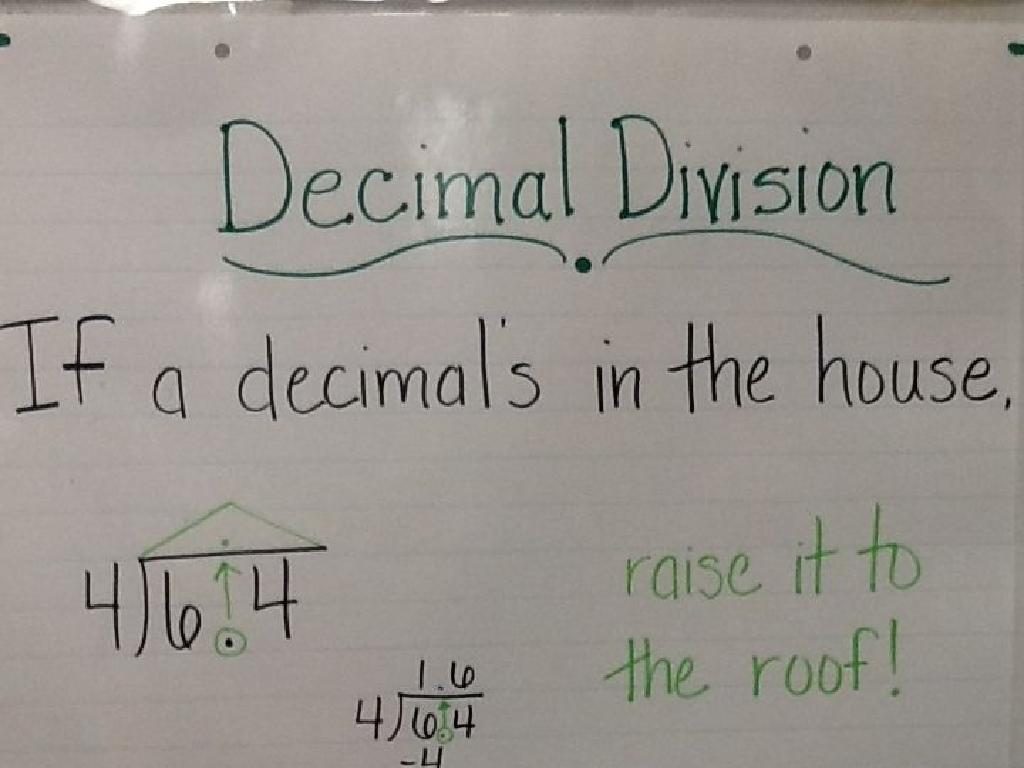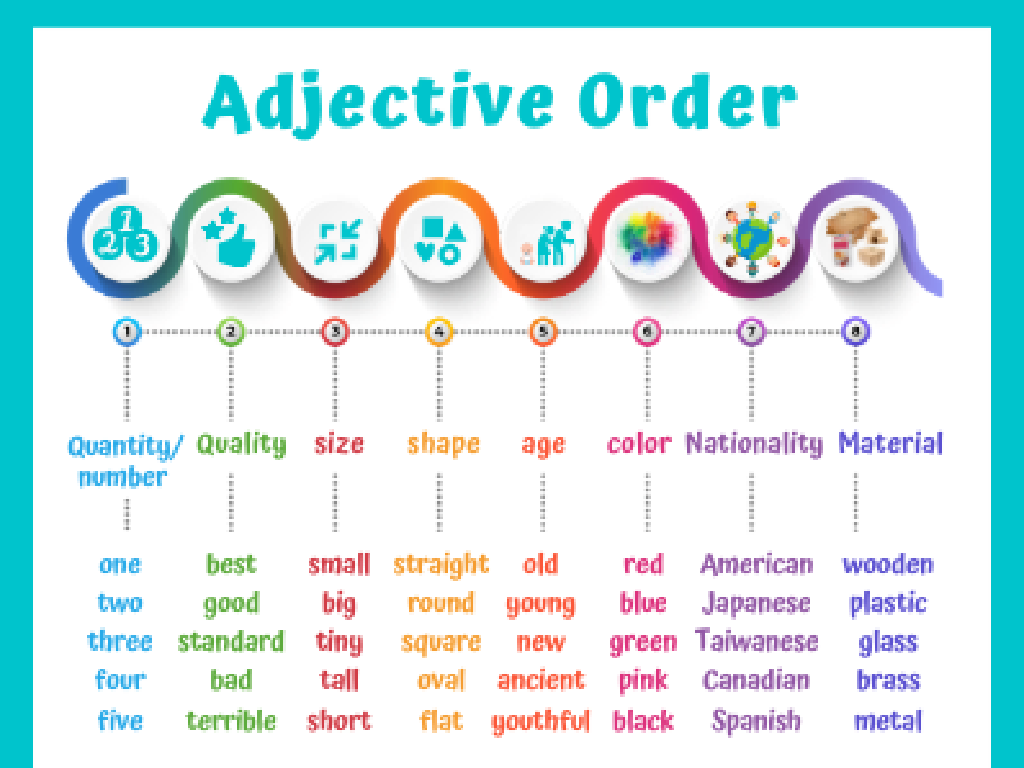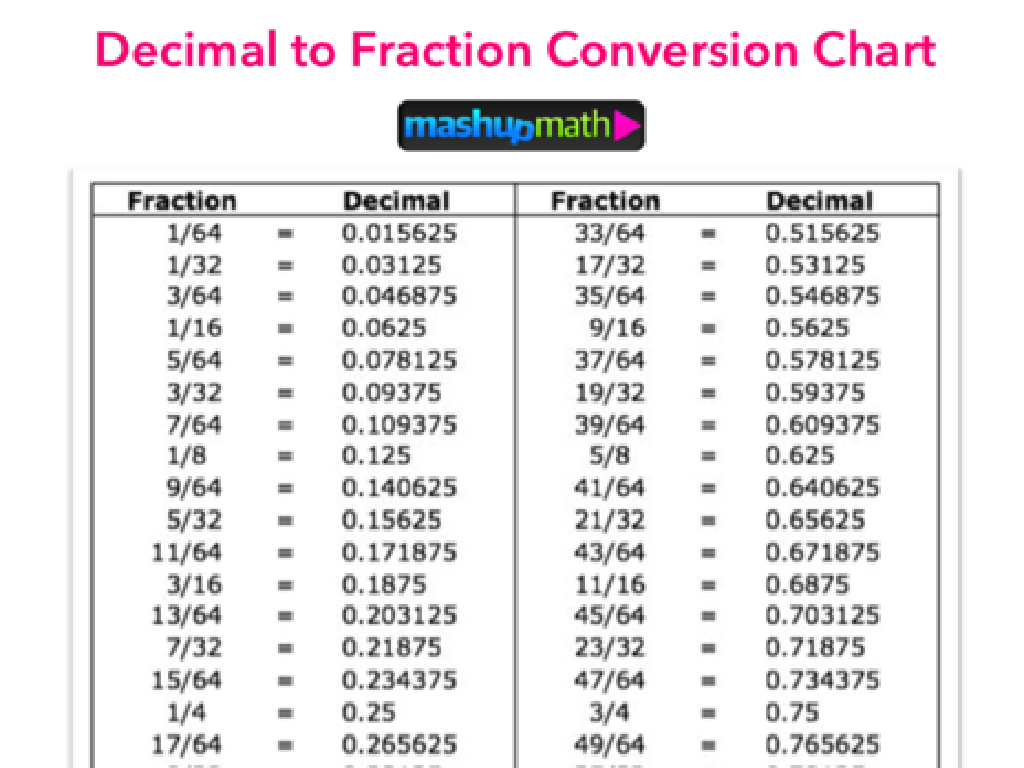Interpret The Meaning Of An Allusion From Its Source
Subject: Language arts
Grade: Sixth grade
Topic: Literary Devices
Please LOG IN to download the presentation. Access is available to registered users only.
View More Content
Exploring Allusions in Literature
– Welcome to Literary Devices
– Tools authors use in writing
– Metaphors, similes, personification are some tools
– Today’s focus: Allusions
– Allusions refer to other works, events, or figures
– Understanding allusions
– They add depth and allow readers to connect ideas
|
This slide introduces the concept of literary devices, with a specific focus on allusions. Begin by welcoming students to the lesson and explaining that literary devices are tools that authors use to add depth, clarity, and appeal to their writing. Examples include metaphors, similes, and personification. Today’s lesson will concentrate on allusions, which are references to other literary works, historical events, or important figures. Allusions can enrich a story by creating connections and resonances with other texts and contexts. Encourage students to think about why an author might choose to use an allusion and how it can enhance their understanding of the text.
Exploring Allusions in Literature
– Definition of an allusion
– A mention of something famous to add meaning
– Purpose of using allusions
– To connect ideas & enhance meaning without detailed explanations
– Common allusions in language
– ‘He’s a real Romeo’ refers to Shakespeare’s romantic character
– Impact on reader’s understanding
– Helps readers relate and gives deeper insight
|
An allusion is a literary device where the writer references a well-known person, place, event, literary work, or piece of art to enrich their own work. Writers use allusions to draw connections to familiar concepts, thereby adding depth and layers of meaning to their text without lengthy explanations. Examples like ‘He’s a real Romeo’ help students understand how everyday language is filled with allusions, often to classical literature or historical events. By recognizing allusions, readers can gain a better understanding of the text’s message and context. Encourage students to find allusions in their favorite books or shows for the next class.
Identifying Allusions in Literature
– Spotting allusions in texts
– Look for direct or indirect references to well-known characters or events.
– Clues for allusive phrases
– Context, tone, and word choice can hint at an allusion.
– Practice with sample sentences
– We’ll work through examples together to identify allusions.
|
This slide aims to teach students how to identify allusions, which are indirect references to famous works, people, or events, in literary texts. Start by explaining what an allusion is and why authors use them to create deeper connections and meanings. Discuss how to spot allusions by looking for references that seem to stand out or are meant to evoke a particular idea or work. Provide clues such as the context around the phrase, the tone of the writing, and specific word choices that may signal an allusion. During the practice activity, guide students through several sentences with allusions, asking them to identify the reference and discuss its meaning within the new text. This will help them understand how allusions enrich a text and how to interpret them in the context of their reading.
Exploring Allusions in Literature
– Common sources of allusions
– Mythology, religion, history, literature, pop culture
– Context is key to understanding
– The source’s time, place, and culture reveal meanings
– Activity: Match allusions to sources
– Connect allusions with their origins in a fun exercise
– Enhance reading comprehension
|
This slide introduces students to the concept of allusions, which are references to well-known stories, figures, or events. The students will learn that allusions can come from various sources such as mythology, religion, historical events, literature, and pop culture. Understanding the context in which the original story or figure existed is crucial for interpreting the meaning of an allusion. The class activity will involve matching allusions to their correct sources, which will help students practice and reinforce their understanding of allusions and their meanings. This activity will also aid in enhancing their overall reading comprehension skills.
Interpreting Allusions in Literature
– Allusions enhance understanding
– Allusions add depth to the text by referencing other works or history
– Infer meaning from allusions
– Use clues from the text and your own knowledge to guess the meaning
– Practice with allusions
– Look at examples in class and discuss what the allusions refer to
– Impact on reader’s experience
– Understanding allusions can make reading more enjoyable and insightful
|
This slide introduces the concept of allusions in literature, emphasizing their role in deepening the reader’s understanding of the text. Allusions are references to other literary works, historical events, or cultural elements that can add layers of meaning. Students should learn to use context clues and their own background knowledge to infer the meaning behind an allusion. In-class practice with examples will help solidify their understanding. Discuss how recognizing allusions can change the way they perceive a story or a character, making the reading experience richer and more engaging.
Exploring Allusions in Literature
– Understand literary allusions
– Examples from famous texts
– ‘The Chocolate War’ references ‘Goober’ as a nod to ‘Peanuts’ comic
– Uncover hidden meanings
– Allusions add depth to the story, like inside jokes for the reader
– Group activity: Analyze an excerpt
– Students will work in groups to find and discuss allusions in a provided text
|
This slide aims to introduce students to the concept of allusions in literature. Begin by explaining that an allusion is a reference to another work of literature, person, or event. Use examples from well-known literature that the students may be familiar with, such as references to historical events or other books. Discuss how these allusions can add a deeper layer of meaning to the text. For the group activity, provide students with a literary excerpt containing allusions. Guide them to identify the allusions and discuss as a class what these references add to the text. This activity will help students understand how allusions enrich a story and engage readers with broader cultural and literary knowledge.
Your Turn: Crafting Allusions
– Create sentences with allusions
– Share your allusions in class
– Think of a famous person, place, or event to reference
– Engage in peer review
– Listen to classmates’ allusions and give feedback
– Guess the allusion sources
– Try to identify the origin of your peers’ allusions
|
This slide is an interactive class activity focused on creating and understanding allusions. Students are tasked with writing their own sentences that include allusions to historical events, literature, or pop culture. After crafting their sentences, they will share them with the class, providing an opportunity for public speaking and presentation skills practice. The peer review process encourages active listening and critical thinking as students try to guess the sources of each other’s allusions. This activity not only reinforces the concept of allusions but also fosters a collaborative learning environment. Teachers should prepare to guide students with examples of allusions and provide support during the peer review process. Possible variations of the activity could include group work, creating allusions in different mediums (such as drawing or acting), or connecting allusions to current class reading materials.
Class Activity: Allusion Scavenger Hunt
– Search for allusions in library books
– Pair up for discussion and notes
– Document each allusion and meaning
– Note the source and how it relates to the text
– Present an allusion to the class
– Share how the allusion adds depth to the story
|
This activity is designed to help students recognize and interpret allusions in literature. Students will work in pairs to foster collaborative learning and critical thinking. They should look for indirect references to famous historical, literary, or cultural figures or events and discuss how these allusions enhance the understanding of the text. Each pair will choose one allusion to present to the class, explaining the original context of the allusion and how it contributes to the meaning of the story. Possible variations of the activity could include finding allusions in songs, movies, or other media. Encourage students to explain why the author might have chosen to include the allusion and what it adds to the reader’s experience.
Wrapping Up: Allusions in Literature
– Recap: What are allusions?
– Homework: Discover an allusion
– Find an allusion in any book/article
– Write a paragraph on its meaning
– Explain the allusion and its original context
– Keep practicing allusion-spotting!
|
As we conclude, remind students that allusions are references to well-known stories, figures, or events within literature. They enrich a text by providing deeper meaning and connections. For homework, students should find an example of an allusion, write a paragraph explaining its meaning, and describe how it relates to the source material. Encourage them to continue looking for allusions in everything they read to become more adept at identifying and understanding them. This practice will enhance their appreciation of literature and improve their analytical reading skills.






